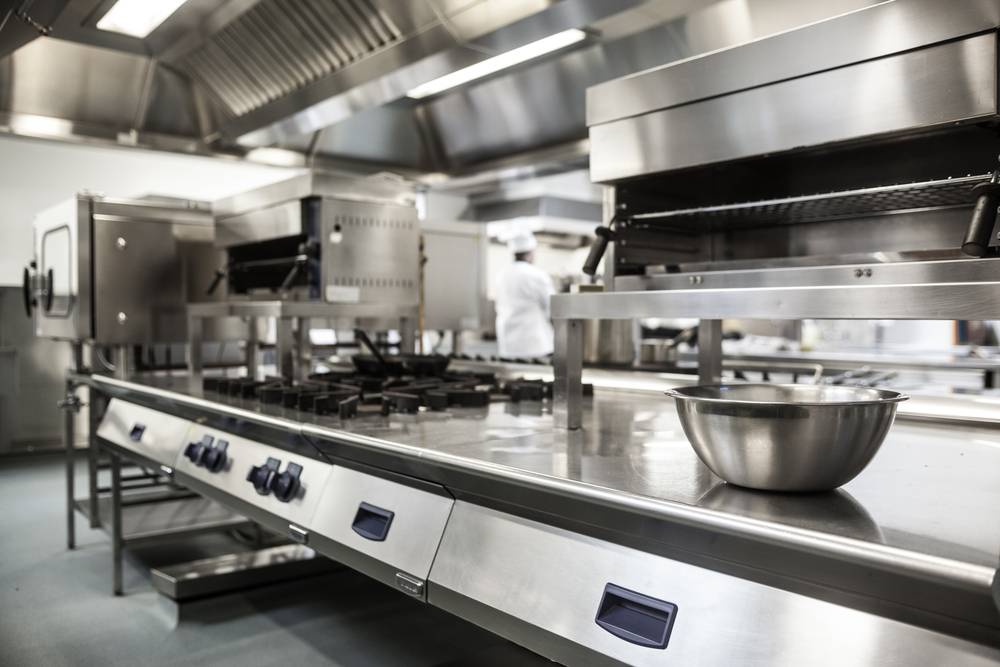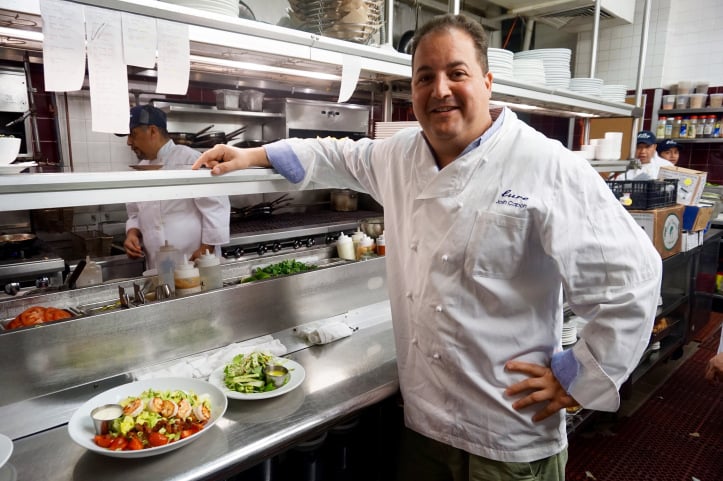In the fiercely competitive world of the restaurant industry, finding ways to boost profits and stay ahead of the game is crucial. That's where ghost kitchens come into play.
What Are Ghost Kitchens?
Ghost Kitchens, also known as a virtual kitchens, cloud kitchens, or delivery-only kitchens, are facilities that are solely focused on preparing food for delivery or takeout. They operate without a physical dine-in restaurant space and primarily serve online orders through various food delivery platforms.
What Are Commissary Kitchens?
Commissary kitchens are centralized kitchen facilities where multiple restaurant businesses or food service providers rent space to prepare, cook, and store their food. They are often used by catering companies, food trucks, mobile vendors, and small-scale food businesses that require a professional kitchen space. In a commissary kitchen, each business or vendor retains its own branding and identity.
What Are The Benefits Of Commissary and Ghost Kitchens?
- Prime real estate without sky-high rent: One of the major benefits of both ghost kitchens and commissary kitchens is the opportunity to access prime real estate without the burden of sky-high rent. In cities like New York where space is limited and expensive, finding a physical location for a restaurant can be a daunting and costly task. However, with ghost kitchens and commissary kitchens, this challenge is effectively eliminated.
- Lower labor costs: In ghost kitchens, the absence of a physical dine-in space means that there is no need for front-of-house staff, such as servers or hosts. This eliminates the need to hire and manage these additional employees, resulting in significant cost savings. The focus on delivery and takeout also means that fewer kitchen staff may be required compared to a traditional restaurant, as the emphasis is on efficient meal preparation and packaging for delivery.
Similarly, in commissary kitchens, multiple businesses or vendors share the same kitchen space. This shared arrangement allows for the pooling of resources, including labor. By sharing kitchen staff, businesses can reduce their individual labor costs while still benefiting from professional kitchen facilities.
- Streamlined orders: In ghost kitchens, orders are received through online platforms or mobile apps, eliminating the need for phone orders and reducing the chances of miscommunication. The digital nature of the ordering process ensures accuracy and efficiency, as customers can select their desired dishes, customize their orders, and provide any special instructions directly on the platform. This streamlines the process, allowing the kitchen staff to quickly and accurately prepare the meals, package them for delivery, and ensure timely dispatch to the customers.
- Simplified menus: In ghost kitchens, the absence of a physical dine-in space allows restaurants to eliminate the need for a large menu with a wide variety of options. Instead, they can focus on a select few dishes that are popular and can be efficiently prepared for delivery or takeout. By narrowing down the menu, ghost kitchens can optimize their cooking and packaging processes, ensuring that every dish is consistently prepared to perfection. This also helps to reduce food waste and maintain a high level of quality control.
What Is The Average Size Of a Ghost Kitchen?
Ghost kitchens are typically much smaller than restaurant kitchens, as they only need to accommodate the equipment and staff needed to prepare food for delivery. A typical ghost kitchen is around 200 square feet, while a restaurant kitchen can be upwards of 2,000 square feet.
What Is The Average Size Of a Commissary Kitchen?
The average size of a commissary kitchen is between 1,000 and 2,000 square feet. However, the size can vary depending on the number of tenants, the type of food being prepared, and the local regulations.
3 Ghost Kitchen Insights From Our Design Team:
- Kitchen Flow: The kitchen layout follows a familiar pattern found in all commercial kitchens, but with a twist. Instead of a typical chef line leading to the waitstaff station, the flow in a ghost kitchen is from worktable directly to the packaging area.
- Pickup: Food is typically packaged by a cook and placed in to-go containers and then bags. The food is usually kept under a heat lamp until delivery drivers arrive.
- Food storage: Typically, each food concept in a ghost kitchen has its own dedicated shelves in the storerooms for ingredient storage. Each concept will often have its own set of refrigerators and freezers.
Which Type of Kitchen Is Best For Your Restaurant Business?
When it comes to choosing between a ghost kitchen and a commissary kitchen, the decision ultimately depends on individual circumstances, business goals, and specific needs.
For food truck owners with multiple trucks operating in a single area, it can be quite challenging to fulfill each order quickly due to limited food preparation capabilities and storage space. However, with the assistance of a commissary kitchen, a small-scale business can have dedicated space that allows for efficient food preparation and distribution.
For well-known restaurant brands that receive a significant volume of online orders and require exclusive kitchen space for their operations, a ghost kitchen provides the ideal solution. With a dedicated space at their disposal, restaurants can efficiently prepare orders as they come in, guaranteeing prompt and flawless delivery to their valued customers.








